评语 -Galaxy Z Fold7 的设计升级令人印象深刻
Galaxy Z Fold7 消除了反对它的最大论点,现在它以纤薄的可折叠手机自居,能够提供高性能、良好的摄像头和不错的电池续航时间。此外,它还获得了 UWB 和 IP48 认证。
虽然在基准测试中,SoC 的性能较低,这可能也与散热较弱有关,但这在日常操作中并不会造成太大影响。在我们的测试中,扬声器的表现也比 Fold6 差。这两个问题可能都是由于更轻薄的机身造成的。
Pros
Cons
三星公司倾听了用户对更轻薄的可折叠手机的需求,创造出了同类产品中最轻薄的一款。Galaxy Z Fold7 的主摄像头采用了新的传感器,但另一方面,它取消了对笔的支持。
该机的建议零售价约为 2000 美元(12/256 GB),中等型号(12/512 GB)约为 2120 美元,最贵版本(16/1024 GB)约为 2420 美元。
规格:三星Galaxy Z Fold7
保护壳和设备 -Galaxy Fold7 配康宁大猩猩陶瓷玻璃 2
三星Galaxy Z Fold7 的尺寸仅为 4.2 毫米(0.165 英寸); 折叠6: 5.展开时为 6 毫米(0.22 英寸),折叠时为 8.9 毫米(0.35 英寸;Fold6:12.1 毫米(0.476 英寸)。虽然听起来差别不大,但在日常操作中却大有不同。Fold7 有四种不同的颜色版本,其中薄荷色在三星商店独家发售。做工令人信服,这款可折叠手机还符合 IP48 防水防尘标准。虽然从折叠状态打开显示屏相对困难,但这也意味着铰链可以在各种打开角度下将显示屏固定在选定的位置。令人讨厌的是,摄像头伸出得太远,导致智能手机平放在桌面上时晃动得厉害。
显示屏由大猩猩 Glas Ceramic 2 保护,背面则使用了大猩猩 Glas Victus 2。新设计的一个缺点是取消了对 S Pen 的支持。
线性振动电机可提供清晰的触觉反馈。可配置的电源按钮还配备了电容式指纹传感器,有时可能需要第二次尝试才能识别存储的指纹。此外,您还可以通过前置摄像头进行人脸识别。通话时的语音质量非常好。
» Notebookcheck多媒体笔记本电脑Top 10排名
» Notebookcheck游戏笔记本电脑Top 10排名
» Notebookcheck低价办公/商务笔记本电脑Top 10排名
» Notebookcheck高端办公/商务笔记本电脑Top 10排名
» Notebookcheck工作站笔记本电脑Top 10排名
» Notebookcheck亚笔记本电脑Top 10排名
» Notebookcheck超级本产品Top 10排名
» Notebookcheck变形本产品Top 10排名
» Notebookcheck平板电脑Top 10排名
» Notebookcheck智能手机Top 10排名
» Notebookcheck评测过最出色的笔记本电脑屏幕
» Notebookcheck售价500欧元以下笔记本电脑Top 10排名
» Notebookcheck售价300欧元以下笔记本电脑Top 10排名
软件与可持续发展 -Galaxy Z Fold7 七年来的更新
三星Galaxy Z Fold7 预装了谷歌Android 16 和 One UI 8.0,并将在七年内(至 2032 年 7 月 31 日)提供版本更新和安全补丁。Galaxy Galaxy S25 系列中的人工智能功能也可以在 Fold7 上找到。
在可持续发展方面,三星提供了一定的透明度,为其可折叠手机提供了一份报告,并提供了与可折叠手机的比较报告。可折叠手机的报告,以及有关使用可回收材料的比较详细的信息。用户还可以自己进行一些维修,三星会提供替换零件和说明。
相机 - S25 Ultra 的 200 万像素传感器
与前代产品的一个明显区别是,Galaxy Z Fold7 没有继续在可折叠显示屏的屏幕下方使用摄像头。现在,两个前置摄像头在名义上是相同的,但盖板上的摄像头焦距为 23 毫米,而可折叠面板上的摄像头焦距为 17 毫米。质量还算不错,在光线充足的条件下也能拍出有吸引力的照片。
在背面的三摄像头系统中,三星将主传感器升级到了 200 万像素,据说使用了与 Galaxy S25 Ultra.其他摄像头与 折叠 6.总体而言,Fold7 的图像质量很有吸引力,并提供了多种选择,这也是因为它提供了额外的Expert RAW 相机应用程序。在光线条件良好的情况下,两个附加镜头也能提供良好的效果。当放大倍数超过 5 倍(115 毫米)时,图像质量会明显下降。
您可以使用两个前置摄像头以最高 60 FPS 的速度录制超高清视频。此外,主摄像头还支持 8k(30 FPS),包括 Log 格式和 UHD HDR。

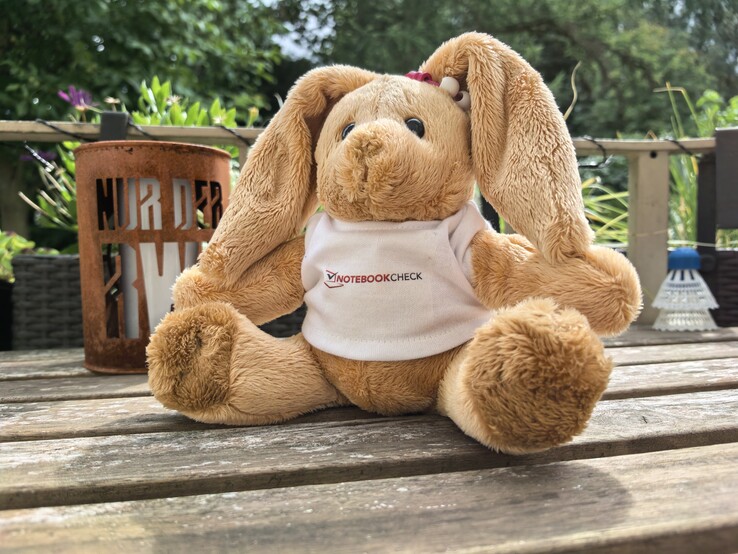
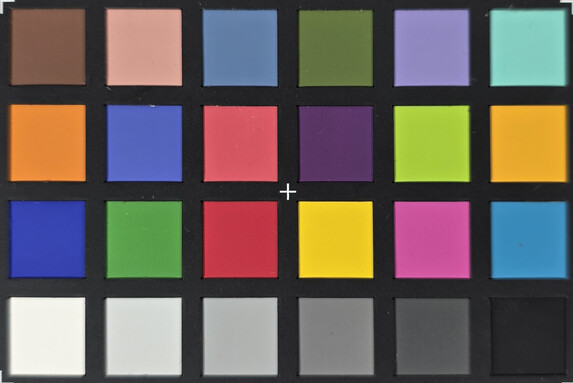
显示屏 - 可折叠 8 英寸高亮度 OLED 显示屏
与前代产品相比,三星Galaxy Z Fold7 的可折叠主显示屏尺寸略有增加,现在的显示屏对角线为 8 英寸(20.32 厘米)。分辨率清晰,校准效果也不错。
尽管亮度与前代产品相近,但在我们的测试中却略显暗淡。但在日常操作中,你应该无法用肉眼察觉到差别。由于 APL 亮度较高,该显示屏也非常适合在户外使用--至少在亮度传感器控制亮度的情况下是这样。在没有亮度传感器的情况下,最高亮度可达 419 cd/m²。不过,如果激活附加亮度选项,最高亮度可达 703 cd/m²。
对显示屏闪烁敏感的用户在使用 Fold7 时可能会遇到问题,因为闪烁频率并不高,而且三星仍未提供任何高频 PWM 调光功能。
| |||||||||||||||||||||||||
Brightness Distribution: 95 %
Center on Battery: 1311 cd/m²
Contrast: ∞:1 (Black: 0 cd/m²)
ΔE ColorChecker Calman: 2.4 | ∀{0.5-29.43 Ø4.77}
ΔE Greyscale Calman: 2.2 | ∀{0.09-98 Ø5}
100% sRGB (Calman 2D)
Gamma: 2.03
CCT: 6413 K
| Samsung Galaxy Z Fold7 Dynamic AMOLED 2X, 2184x1968, 8" | Oppo Find N5 AMOLED, 2480x2248, 8.1" | Honor Magic V3 OLED, 2344x2156, 7.9" | Google Pixel 9 Pro Fold OLED LTPO, 2152x2076, 8" | |
|---|---|---|---|---|
| Screen | 4% | 12% | 20% | |
| Brightness middle (cd/m²) | 1311 | 1240 -5% | 1019 -22% | 1793 37% |
| Brightness (cd/m²) | 1307 | 1179 -10% | 1032 -21% | 1599 22% |
| Brightness Distribution (%) | 95 | 91 -4% | 95 0% | 66 -31% |
| Black Level * (cd/m²) | ||||
| Colorchecker dE 2000 * | 2.4 | 1.36 43% | 1 58% | 0.9 62% |
| Colorchecker dE 2000 max. * | 3.4 | 3.06 10% | 2.2 35% | 3.1 9% |
| Greyscale dE 2000 * | 2.2 | 2.4 -9% | 1.7 23% | 1.7 23% |
| Gamma | 2.03 108% | 2.239 98% | 2.26 97% | 2.19 100% |
| CCT | 6413 101% | 6353 102% | 6473 100% | 6714 97% |
* ... smaller is better
| Display | |
| HDR Peak Brightness | |
| Samsung Galaxy Z Fold7 | |
| Google Pixel 9 Pro Fold | |
| Honor Magic V3 | |
| APL18 Peak Brightness | |
| Google Pixel 9 Pro Fold | |
| Samsung Galaxy Z Fold7 | |
| Honor Magic V3 | |
Screen Flickering / PWM (Pulse-Width Modulation)
| Screen flickering / PWM detected | 240 Hz Amplitude: 13.73 % Secondary Frequency: 480 Hz | ||
The display backlight flickers at 240 Hz (worst case, e.g., utilizing PWM) . The frequency of 240 Hz is relatively low, so sensitive users will likely notice flickering and experience eyestrain at the stated brightness setting and below. In comparison: 53 % of all tested devices do not use PWM to dim the display. If PWM was detected, an average of 8091 (minimum: 5 - maximum: 343500) Hz was measured. | |||
Display Response Times
| ↔ Response Time Black to White | ||
|---|---|---|
| 1.4 ms ... rise ↗ and fall ↘ combined | ↗ 0.724 ms rise | |
| ↘ 0.679 ms fall | ||
| The screen shows very fast response rates in our tests and should be very well suited for fast-paced gaming. In comparison, all tested devices range from 0.1 (minimum) to 240 (maximum) ms. » 7 % of all devices are better. This means that the measured response time is better than the average of all tested devices (20.2 ms). | ||
| ↔ Response Time 50% Grey to 80% Grey | ||
| 0.67 ms ... rise ↗ and fall ↘ combined | ↗ 0.3685 ms rise | |
| ↘ 0.3 ms fall | ||
| The screen shows very fast response rates in our tests and should be very well suited for fast-paced gaming. In comparison, all tested devices range from 0.165 (minimum) to 636 (maximum) ms. » 2 % of all devices are better. This means that the measured response time is better than the average of all tested devices (31.6 ms). | ||
封面显示
Galaxy Z Flip 7 的封面显示屏尺寸增加到了 6.5 英寸,这主要是由于边框更加纤薄。在亮度方面,与前代产品相比也没有实质性的变化,前代产品的亮度已经可以达到很高。
在没有亮度传感器的情况下,我们看到的画面与可折叠显示屏类似,最大亮度分别达到 420 和 693 cd/m²。PWM 亮度控制也很相似。
| Samsung Galaxy Z Fold7 Dynamic AMOLED 2X, 2520x1080, 6.5" | Google Pixel 9 Pro Fold OLED, 2424x1080, 6.3" | Honor Magic V3 OLED, 2376x1060, 6.4" | Oppo Find N5 2616x1140, 6.6" | |
|---|---|---|---|---|
| Screen | ||||
| Brightness middle (cd/m²) | 1348 | 2090 | 1743 | 1358 |
| Brightness (cd/m²) | 1346 | 1876 | 1775 | 1328 |
| Brightness Distribution (%) | 94 | 77 | 88 | 96 |
| Black Level * (cd/m²) | ||||
| Colorchecker dE 2000 * | 2.2 | 1.5 | 0.9 | 1.14 |
| Colorchecker dE 2000 max. * | 2.9 | 3.5 | 2.1 | 2.21 |
| Greyscale dE 2000 * | 2.3 | 1.9 | 1.8 | 1.5 |
| Gamma | 2.04 108% | 2.25 98% | 2.25 98% | 2.213 99% |
| CCT | 6461 101% | 6676 97% | 6353 102% | 6504 100% |
* ... smaller is better
| Display | |
| HDR Peak Brightness | |
| Honor Magic V3 | |
| Google Pixel 9 Pro Fold | |
| Samsung Galaxy Z Fold7 | |
| APL18 Peak Brightness | |
| Google Pixel 9 Pro Fold | |
| Samsung Galaxy Z Fold7 | |
| Honor Magic V3 | |
Galaxy Z Flip7 的其他测量和基准测试
| Networking | |
| Samsung Galaxy Z Fold7 | |
| iperf3 transmit AXE11000 6GHz | |
| iperf3 receive AXE11000 6GHz | |
| Oppo Find N5 | |
| iperf3 transmit AXE11000 | |
| iperf3 receive AXE11000 | |
| Honor Magic V3 | |
| iperf3 transmit AXE11000 | |
| iperf3 receive AXE11000 | |
| Google Pixel 9 Pro Fold | |
| iperf3 transmit AXE11000 | |
| iperf3 receive AXE11000 | |
| iperf3 transmit AXE11000 6GHz | |
| iperf3 receive AXE11000 6GHz | |
| Average 802.11 a/b/g/n/ac/ax/be | |
| iperf3 transmit AXE11000 | |
| iperf3 receive AXE11000 | |
| iperf3 transmit AXE11000 6GHz | |
| iperf3 receive AXE11000 6GHz | |
| Average of class Smartphone | |
| iperf3 transmit AXE11000 | |
| iperf3 receive AXE11000 | |
| iperf3 transmit AXE11000 6GHz | |
| iperf3 receive AXE11000 6GHz | |
| Geekbench AI | |
| Single Precision NPU 1.5 | |
| Average of class Smartphone (80 - 5210, n=60, last 2 years) | |
| Samsung Galaxy Z Fold7 | |
| Average Qualcomm Snapdragon 8 Elite for Galaxy (n=1) | |
| Half Precision NPU 1.5 | |
| Average of class Smartphone (80 - 36297, n=60, last 2 years) | |
| Samsung Galaxy Z Fold7 | |
| Average Qualcomm Snapdragon 8 Elite for Galaxy (n=1) | |
| Quantized NPU 1.5 | |
| Average of class Smartphone (133 - 49889, n=60, last 2 years) | |
| Samsung Galaxy Z Fold7 | |
| Average Qualcomm Snapdragon 8 Elite for Galaxy (n=1) | |
| Samsung Galaxy Z Fold7 | Oppo Find N5 | Honor Magic V3 | Google Pixel 9 Pro Fold | Average 256 GB UFS 4.0 Flash | Average of class Smartphone | |
|---|---|---|---|---|---|---|
| AndroBench 3-5 | 140% | 242% | 124% | 174% | 118% | |
| Sequential Read 256KB (MB/s) | 4080.35 | 3437.47 -16% | 3825.59 -6% | 1827.6 -55% | 3664 ? -10% | 2243 ? -45% |
| Sequential Write 256KB (MB/s) | 2239.55 | 3251.98 45% | 3393.12 52% | 1126.34 -50% | 2701 ? 21% | 1865 ? -17% |
| Random Read 4KB (MB/s) | 403.69 | 269.51 -33% | 365.48 -9% | 263.31 -35% | 381 ? -6% | 296 ? -27% |
| Random Write 4KB (MB/s) | 51.23 | 339.32 562% | 527.68 930% | 376.94 636% | 405 ? 691% | 339 ? 562% |
(±) The maximum temperature on the upper side is 42.1 °C / 108 F, compared to the average of 35.2 °C / 95 F, ranging from 21.9 to 247 °C for the class Smartphone.
(±) The bottom heats up to a maximum of 42.5 °C / 109 F, compared to the average of 34 °C / 93 F
(+) In idle usage, the average temperature for the upper side is 23.9 °C / 75 F, compared to the device average of 32.9 °C / 91 F.
3DMarkSteel Nomad 压力测试
| 3DMark | |
| Wild Life Stress Test Stability | |
| Google Pixel 9 Pro Fold | |
| Honor Magic V3 | |
| Oppo Find N5 | |
| Samsung Galaxy Z Fold7 | |
| Steel Nomad Light Stress Test Stability | |
| Google Pixel 9 Pro Fold | |
| Honor Magic V3 | |
| Oppo Find N5 | |
| Samsung Galaxy Z Fold7 | |
Samsung Galaxy Z Fold7 audio analysis
(+) | speakers can play relatively loud (89.5 dB)
Bass 100 - 315 Hz
(-) | nearly no bass - on average 21.4% lower than median
(±) | linearity of bass is average (10% delta to prev. frequency)
Mids 400 - 2000 Hz
(±) | reduced mids - on average 5% lower than median
(+) | mids are linear (5.2% delta to prev. frequency)
Highs 2 - 16 kHz
(±) | higher highs - on average 5.9% higher than median
(+) | highs are linear (4.4% delta to prev. frequency)
Overall 100 - 16.000 Hz
(±) | linearity of overall sound is average (17.1% difference to median)
Compared to same class
» 10% of all tested devices in this class were better, 8% similar, 83% worse
» The best had a delta of 11%, average was 35%, worst was 134%
Compared to all devices tested
» 30% of all tested devices were better, 8% similar, 62% worse
» The best had a delta of 4%, average was 24%, worst was 134%
Honor Magic V3 audio analysis
(+) | speakers can play relatively loud (86.4 dB)
Bass 100 - 315 Hz
(-) | nearly no bass - on average 19.8% lower than median
(±) | linearity of bass is average (10.6% delta to prev. frequency)
Mids 400 - 2000 Hz
(+) | balanced mids - only 3.9% away from median
(±) | linearity of mids is average (7.4% delta to prev. frequency)
Highs 2 - 16 kHz
(±) | higher highs - on average 10.8% higher than median
(+) | highs are linear (3.8% delta to prev. frequency)
Overall 100 - 16.000 Hz
(±) | linearity of overall sound is average (18.9% difference to median)
Compared to same class
» 23% of all tested devices in this class were better, 10% similar, 68% worse
» The best had a delta of 11%, average was 35%, worst was 134%
Compared to all devices tested
» 43% of all tested devices were better, 8% similar, 49% worse
» The best had a delta of 4%, average was 24%, worst was 134%
| Battery runtime - WiFi v1.3 | |
| Samsung Galaxy Z Fold7 | |
| Oppo Find N5 | |
| Honor Magic V3 | |
| Google Pixel 9 Pro Fold | |
笔记本检查总体评价
通过Galaxy Z Fold7,三星成功地打造了一款功能强大的新版可折叠智能手机,这尤其归功于其纤薄的机身。它最大的不足在于电池容量相对较小,尽管三星设法在一定程度上用非常好的效率弥补了这一不足。
Samsung Galaxy Z Fold7
- 08/21/2025 v8
Daniel Schmidt
可能的替代方案比较
Image | Model / Review | Price | Weight | Drive | Display |
|---|---|---|---|---|---|
| Samsung Galaxy Z Fold7 Qualcomm Snapdragon 8 Elite for Galaxy ⎘ Qualcomm Adreno 830 ⎘ 12 GB Memory, 256 GB | Amazon: $1,999.00 List Price: 2099€ | 215 g | 256 GB UFS 4.0 Flash | 8.00" 2184x1968 367 PPI Dynamic AMOLED 2X | |
| Oppo Find N5 Qualcomm Snapdragon 8 Elite ⎘ Qualcomm Adreno 830 ⎘ 12 GB Memory, 512 GB | Amazon: 1. $9.96 Kepuch Screen Protector Comp... 2. $6.07 FZZSZS (3-Pack for Oppo Find... 3. $2.85 Transparent Glass Camera Len... List Price: 1577€ | 229 g | 512 GB UFS 4.0 Flash | 8.12" 2480x2248 412 PPI AMOLED | |
| Honor Magic V3 Qualcomm Snapdragon 8 Gen 3 ⎘ Qualcomm Adreno 750 ⎘ 12 GB Memory, 512 GB | Amazon: 1. $9.99 Cmiuubrer Tempered Glass for... 2. $11.99 JUVENPROTO 3 Pack for Honor ... 3. $10.99 Cmiuubrer 1 Pack for Honor M... List Price: 2000€ | 226 g | 512 GB UFS 4.0 Flash | 7.92" 2344x2156 402 PPI OLED | |
| Google Pixel 9 Pro Fold Google Tensor G4 ⎘ ARM Mali-G715 MP7 ⎘ 16 GB Memory, 256 GB | Amazon: 1. $1,275.00 Google Pixel 9 Pro Fold - Un... 2. $1,799.00 Google Pixel 10 Pro Fold - U... 3. $1,919.00 Google Pixel 9 Pro Fold - Un... List Price: 1899€ | 257 g | 256 GB UFS 3.1 Flash | 8.00" 2152x2076 374 PPI OLED LTPO |
Transparency
The selection of devices to be reviewed is made by our editorial team. The test sample was provided to the author as a loan by the manufacturer or retailer for the purpose of this review. The lender had no influence on this review, nor did the manufacturer receive a copy of this review before publication. There was no obligation to publish this review. As an independent media company, Notebookcheck is not subjected to the authority of manufacturers, retailers or publishers.
This is how Notebookcheck is testing
Every year, Notebookcheck independently reviews hundreds of laptops and smartphones using standardized procedures to ensure that all results are comparable. We have continuously developed our test methods for around 20 years and set industry standards in the process. In our test labs, high-quality measuring equipment is utilized by experienced technicians and editors. These tests involve a multi-stage validation process. Our complex rating system is based on hundreds of well-founded measurements and benchmarks, which maintains objectivity. Further information on our test methods can be found here.




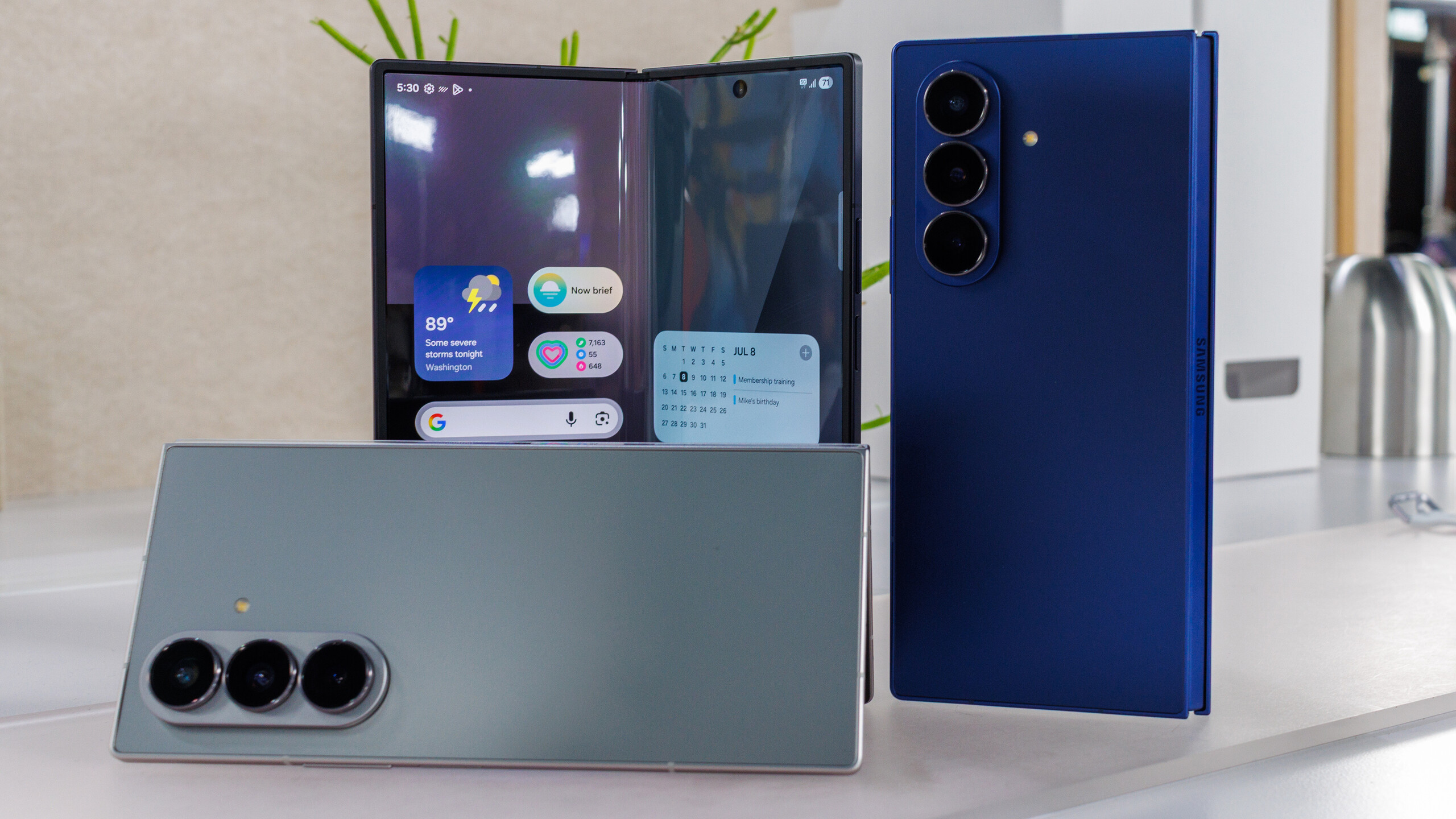

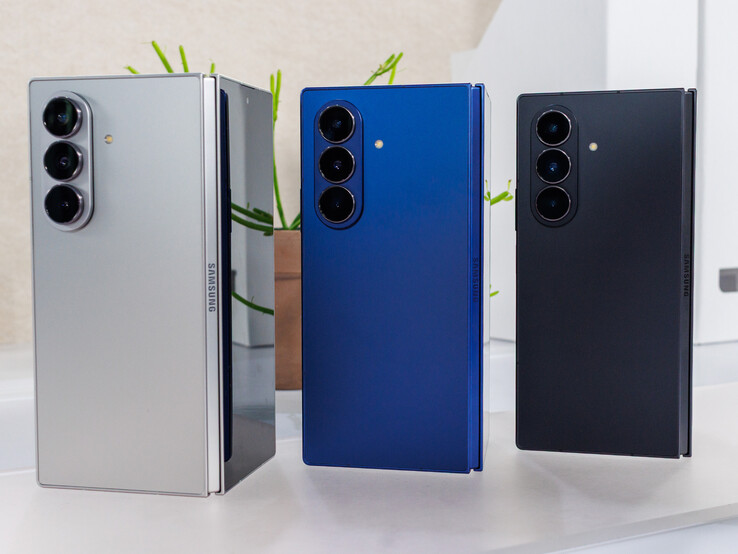














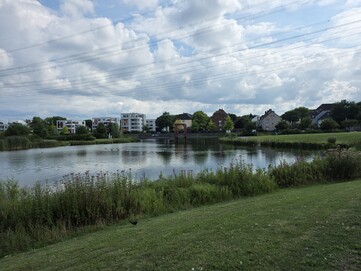








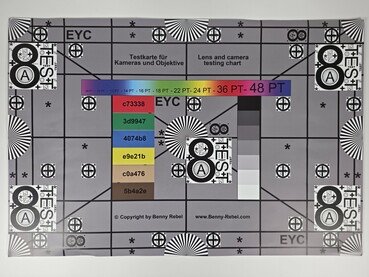
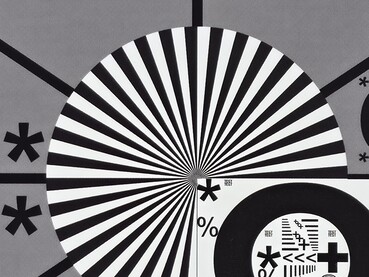
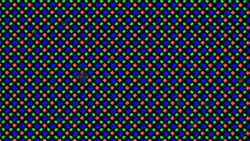
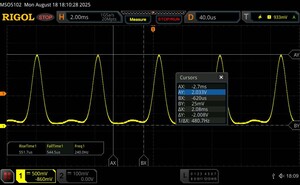
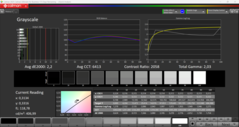
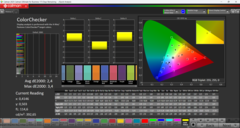
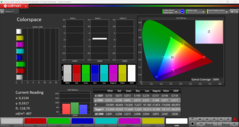
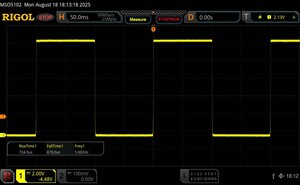
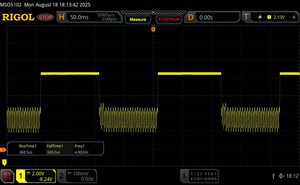
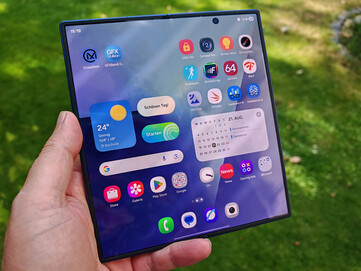
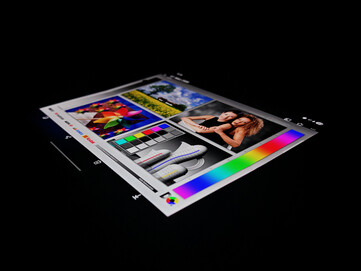
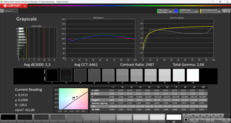
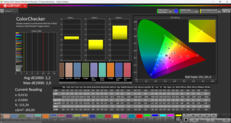
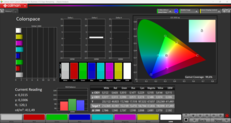
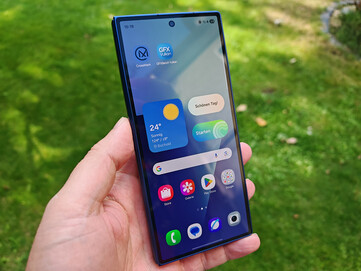
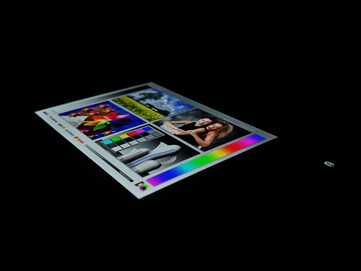
 Total Sustainability Score:
Total Sustainability Score: 



